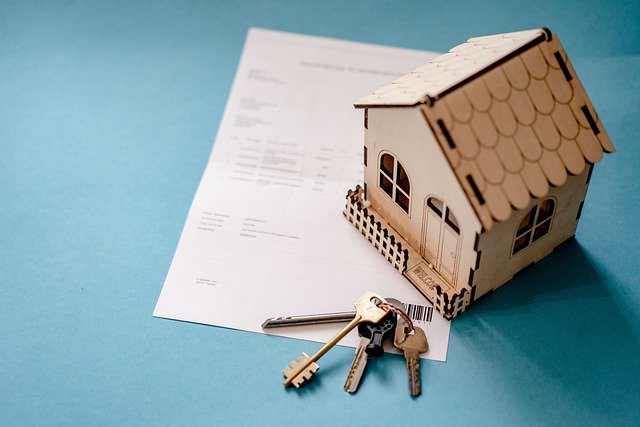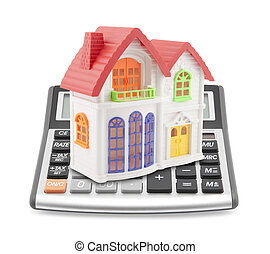
If you intend to keep your home for many decades, paying PMI upfront may be a good option. The upfront premium can be used for your downpayment or home equity. It is also possible to refinance your loan so that you no longer have to pay the insurance monthly. Before you consider this option, consider the costs involved. It can have a significant effect on your monthly mortgage payments. So make sure to weigh all your options before you commit.
Alternatives to paying PMI upfront
There are several options to help you save money on your home mortgage. You can avoid paying PMI by refinancing or by paying for the mortgage insurance yourself. Be aware, however, that these options are subject to restrictions. There may also be a higher mortgage interest. These options are not as effective at eliminating PMI as the old type.
Although PMI may seem a bit sexist to some, it is still a viable option when compared to other loan options. Asking your lender to approve a PMI mortgage could help you save hundreds of thousand of dollars. You have several options. One of the best ways not to pay PMI is to put down a larger amount. This will give you more money to pay down and allow you to negotiate a lower sale price with the seller.

You can also opt for a monthly premium program. This plan is best for those borrowers who are in need of extra funds or who wish to lower their housing costs. The monthly premium will be calculated as a percentage of your loan balance. You can also choose to pay a single premium upfront.
Calculating your PMI payment
Your credit score and loan/to-value ratio will both impact your PMI payment. These factors can help you get an estimate of your monthly payment. Also, consider how much down payment you are willing to make. A low down payment may reduce your PMI costs in certain cases.
PMI payments can be made as either a one-time premium or a monthly payment depending on the type and amount of your mortgage. Since there is no upfront payment, the latter option is more common. But, be aware that this will result in a monthly higher payment.
PMI is an additional cost but can have significant benefits for long-term wealth accumulation. It allows you to get into a home earlier and begin building equity. Keep in mind, however, that PMI will cost at least the same as the actual price of your home.

Refinance to remove PMI
PMI is private mortgage insurance. A conventional mortgage with a down payment of less than 20% will likely result in you paying PMI. If your loan balance is higher than 80%, you may be able to remove PMI by refinancing your loan. This method can lower your monthly payments while allowing you to keep as much equity as possible in your home.
PMI is an expense that can increase your monthly payment by hundreds of dollars. Refinancing your loan can remove PMI and help reduce your monthly payment. While some homeowners can refinance to a loan with no PMI, others will need to refinance to a different loan. Before you start the process it is important that you understand what the requirements are.
When refinancing your loan to remove PMI, there are some things you need to keep in mind. You need to determine how much money you would save versus how much you would pay back if you didn't refinance. A refinance calculator will help you calculate how much money you could save by refinancing your loan.
FAQ
How can I tell if my house has value?
It could be that your home has been priced incorrectly if you ask for a low asking price. A home that is priced well below its market value may not attract enough buyers. For more information on current market conditions, download our Home Value Report.
What should you look out for when investing in real-estate?
It is important to ensure that you have enough money in order to invest your money in real estate. You will need to borrow money from a bank if you don’t have enough cash. It is important to avoid getting into debt as you may not be able pay the loan back if you default.
You should also know how much you are allowed to spend each month on investment properties. This amount must cover all expenses related to owning the property, including mortgage payments, taxes, insurance, and maintenance costs.
You must also ensure that your investment property is secure. You would be better off if you moved to another area while looking at properties.
How long does it take for a mortgage to be approved?
It is dependent on many factors, such as your credit score and income level. It takes approximately 30 days to get a mortgage approved.
What are the drawbacks of a fixed rate mortgage?
Fixed-rate mortgages have lower initial costs than adjustable rates. You may also lose a lot if your house is sold before the term ends.
Statistics
- Private mortgage insurance may be required for conventional loans when the borrower puts less than 20% down.4 FHA loans are mortgage loans issued by private lenders and backed by the federal government. (investopedia.com)
- Some experts hypothesize that rates will hit five percent by the second half of 2018, but there has been no official confirmation one way or the other. (fortunebuilders.com)
- This seems to be a more popular trend as the U.S. Census Bureau reports the homeownership rate was around 65% last year. (fortunebuilders.com)
- The FHA sets its desirable debt-to-income ratio at 43%. (fortunebuilders.com)
- When it came to buying a home in 2015, experts predicted that mortgage rates would surpass five percent, yet interest rates remained below four percent. (fortunebuilders.com)
External Links
How To
How to Locate Houses for Rent
Renting houses is one of the most popular tasks for anyone who wants to move. But finding the right house can take some time. When choosing a house, there are many factors that will influence your decision making process. These include location, size, number of rooms, amenities, price range, etc.
You can get the best deal by looking early for properties. Also, ask your friends, family, landlords, real-estate agents, and property mangers for recommendations. This will give you a lot of options.